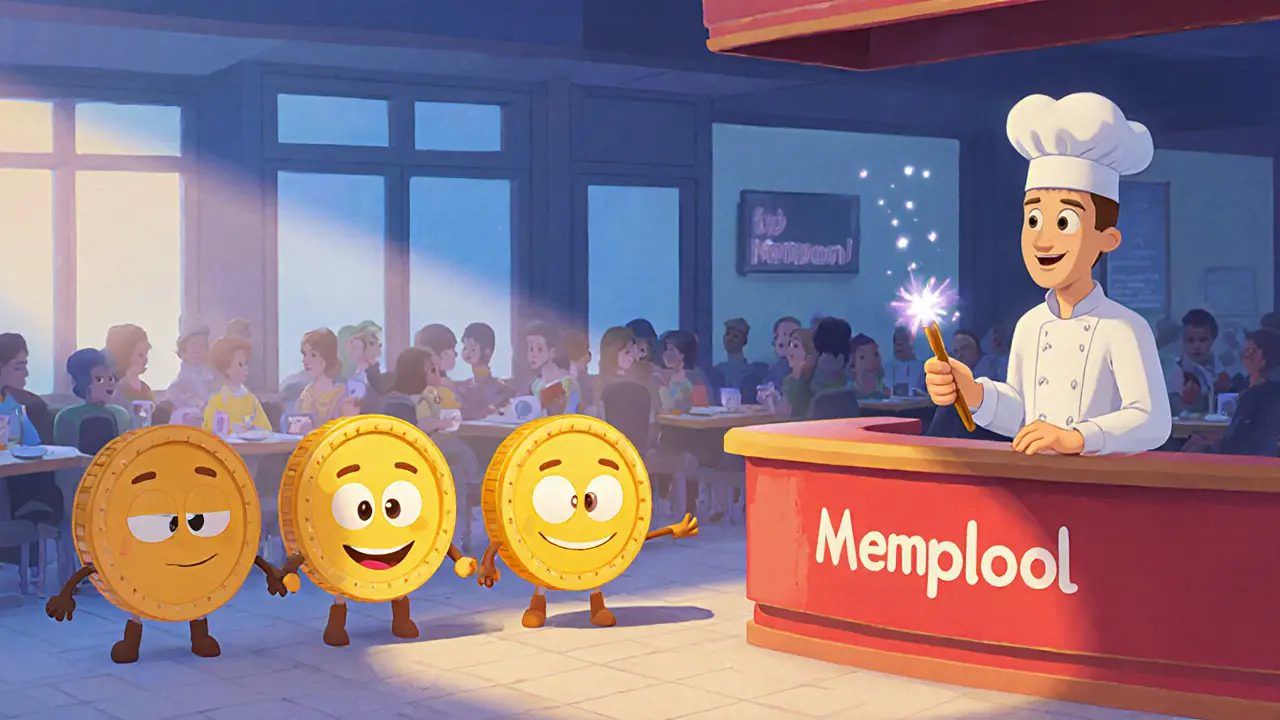Blockchain: How Value Flows Across Chains
When talking about Blockchain, a distributed ledger that records transactions in immutable blocks. Also known as distributed ledger technology, it enables trustless value transfer and forms the backbone of modern crypto ecosystems. Blockchain also powers Airdrop, a method where new tokens are distributed for free to existing wallet holders, and fuels Decentralized Exchange platforms that let users trade peer‑to‑peer without a central order book. Finally, it makes Tokenization possible, turning real‑world assets like carbon credits or art into tradable digital tokens. In short, blockchain encompasses airdrops, DEXs, and tokenization; it requires cryptographic security; and it enables new financial models across industries.
Why Airdrops Matter in the Blockchain World
Airdrops are more than giveaways; they’re a strategic way to bootstrap network effects. Projects like VOW, DogemonGo, and Hero Arena use airdrops to attract users, reward early adopters, and generate buzz. By handing out tokens directly onto a blockchain, these campaigns create instant liquidity and community engagement while showcasing the underlying protocol’s capabilities. Our list of articles breaks down the claim steps, reward structures, and hidden risks for each airdrop, helping you decide whether a free token is worth the effort.
Beyond marketing, airdrops illustrate how blockchain can redistribute value without intermediaries. Because every distribution is recorded on a public ledger, you can verify that the tokens truly reached the intended addresses. This transparency is a core advantage over traditional fiat giveaways, where audit trails are often opaque.
When you combine airdrops with tokenization, the possibilities expand dramatically. Carbon‑credit platforms like Toucan and Klima tokenise emission offsets, then sprinkle small token rewards to participants who help validate or trade those credits. The same mechanics apply to NFT projects, where developers mint unique tokens and airdrop them to active community members. All of this runs on the same blockchain foundation we described earlier.
Decentralized exchanges take the airdrop concept a step further by providing the market where newly minted tokens find price discovery. Reviews of CryptoBridge, IDEX, and SharkySwap show how DEXs vary in liquidity, security, and user experience. A DEX’s smart‑contract layer handles swaps directly on‑chain, meaning traders keep custody of their assets while the blockchain guarantees settlement. This model reduces counter‑party risk and aligns with the trust‑less ethos that makes airdrops viable.
Security remains a top concern. Our exchange reviews highlight red flags such as missing licenses, low liquidity, or unverified token listings—issues that can turn a promising airdrop into a loss. By understanding how DEXs interact with tokenized assets, you can better assess whether a new token is backed by solid infrastructure or just hype.
Another emerging use case is privacy‑preserving identity verification. Projects like the blockchain‑based ID system described in our “Privacy‑Preserving Identity Verification” article use zero‑knowledge proofs and decentralized identifiers to prove who you are without exposing personal data. This approach relies on the same immutable ledger that powers airdrops and DEXs, showing how blockchain can serve both financial and identity needs.
All these strands—airdrops, decentralized exchanges, tokenization, and privacy‑focused identity—intersect on the blockchain layer. The articles below dive deep into each topic, offering practical guides, risk assessments, and real‑world examples. Whether you’re hunting for the next airdrop, evaluating a new DEX, or curious about tokenized carbon credits, you’ll find the context you need right here.
How Cryptocurrency Is Helping the Unbanked in Developing Countries
Cryptocurrency is giving millions in developing countries access to money for the first time-no bank account needed. From remittances to inflation protection, it's changing how people survive and grow.
Future of Mempool Management in Blockchain: Trends and Technologies
Explore how mempool management shapes blockchain performance, the challenges it faces, emerging solutions like PBS and Mempool 2.0, and what the future holds for transaction acceleration.

